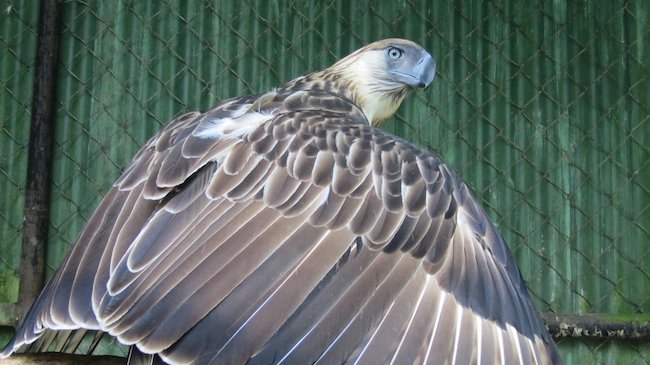Beloved Philippine Eagle Pag-asa dies days before 29th birthday

Pag-asa passes away.
The Philippine Eagle Foundation (PEF) announced this on January 8, Friday. Unfortunately, the Philippine Eagle succumbed to infections associated with Trichomoniasis and Aspergillosis, both of which remain fatal for raptors. Although treatment finished for more than a week, the Philippine Eagle continued to deteriorate and died at 8:03 PM on January 6.
Beloved Philippine Eagle Pag-asa dies days before 29th birthday
The Philippine eagle, an endangered species of the eagle family Accipitridae, remains endemic to forests in our country. A team from the Philippine Eagle Foundation bred and hated Pag-asa in captivity, the first of its species to ever do so. Bred through artificial insemination, PEF hatched Pag-asa after fourteen years of research through a combined artificial and natural incubation technique that came from the World Center for Birds of Prey. Hatched on January 15, 1992, Pag-asa died days before his 29th birthday.

The Silver Eagle
PEF’s executive director Dennis Salvador was present when Pag-asa broke out of its shell. The chick apparently needed help, prompting a staff member to crack open the egg. The critically endangered eagle drew attention on global efforts to save the environment and other species. The eagle’s success gave everyone hope that reintroducing species in places where they had been extirpated was now possible. Eagles as top predators of the Philippine rainforest ecosystem. Pag-asa’s presence remains an indication that the ecosystem’s good health.
Pag-asa’s adult life
Pag-asa had its first chick on February 9, 2013, through artificial insemination. The chick hatched at 1:55 AM PST from its egg which 29-year-old eagle Kalinawan laid. The chick became the first offspring of an eagle bred in captivity. The PEF later determined it to be female and named it Mabuhay. Unsuitable to be released to the wild, Pag-asa remained in captivity due to its dependence on its humans particularly its keeper, Eddie Juntilla, to whom it has imprinted on.
Let us know what you think!
Angela Grace P. Baltan has been writing professionally since 2017. She doesn’t hesitate to be opinionated in analyzing movies and television series. Aside from that, she has an affinity for writing anything under the sun. As a writer, she uses her articles to advocate for feminism, gender equality, the LGBTQIA+ community, and mental health among others.










